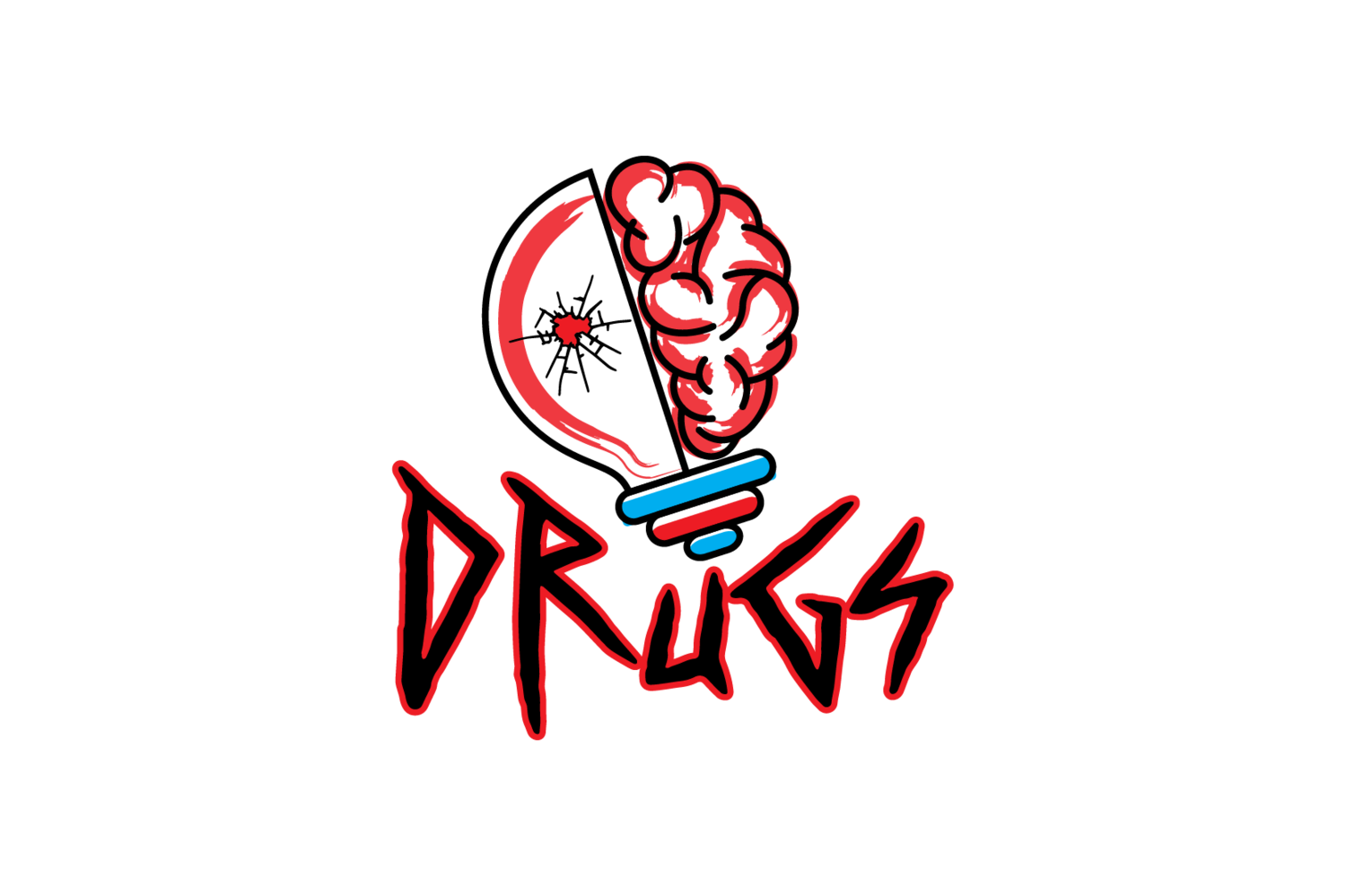Key Features of Neurotransmitters:
1. Synthesis:
• Neurotransmitters are produced in neurons. They are synthesized from precursors like amino acids or other basic compounds obtained through diet or metabolism.
2. Storage:
• Once synthesized, they are stored in vesicles at the axon terminal (the end part of a neuron).
3. Release:
• When an electrical signal (action potential) reaches the axon terminal, it triggers the release of neurotransmitters into the synaptic cleft (the gap between neurons).
4. Binding:
• The released neurotransmitters bind to specific receptors on the postsynaptic neuron (the receiving neuron). This binding determines the signal’s effect.
5. Reuptake or Degradation:
• After their job is done, neurotransmitters are either reabsorbed by the presynaptic neuron (reuptake) or broken down by enzymes in the synaptic cleft.
Major Neurotransmitters and Their Functions:
1. Acetylcholine (ACh):
• Function: Muscle contraction, memory, learning.
• Disorders: Alzheimer’s disease is associated with reduced acetylcholine activity.
2. Dopamine:
• Function: Reward, motivation, mood, and motor control.
• Disorders: Imbalances are linked to Parkinson’s disease (low dopamine) and schizophrenia (high dopamine).
3. Serotonin (5-HT):
• Function: Regulates mood, appetite, sleep, and pain perception.
• Disorders: Low serotonin levels are associated with depression and anxiety.
4. Norepinephrine (Noradrenaline):
• Function: Stress response, arousal, and attention.
• Disorders: Dysregulation is linked to mood disorders and ADHD.
5. Gamma-Aminobutyric Acid (GABA):
• Function: Inhibits excessive neural activity to produce a calming effect.
• Disorders: Low GABA levels are linked to anxiety and epilepsy.
6. Glutamate:
• Function: Learning, memory, and overall brain excitability.
• Disorders: Excessive glutamate activity is associated with neurodegenerative diseases like ALS and Alzheimer’s.
7. Endorphins:
• Function: Pain relief and euphoria.
• Disorders: Deficiency can lead to chronic pain and mood disturbances.
8. Epinephrine (Adrenaline):
• Function: Fight-or-flight response, increasing heart rate and energy levels.
Conclusion:
Neurotransmitters are vital to the proper functioning of the nervous system, enabling communication between neurons and influencing nearly every aspect of behavior and physiology. Understanding neurotransmitter systems provides insights into brain function and the mechanisms behind various diseases, paving the way for targeted treatments and therapies.

